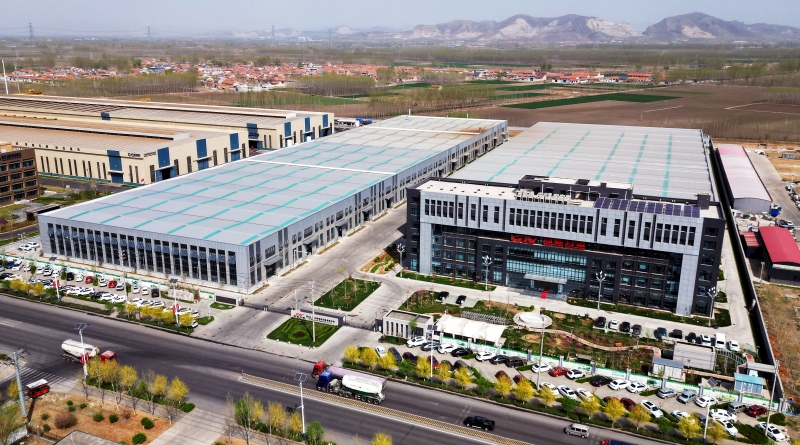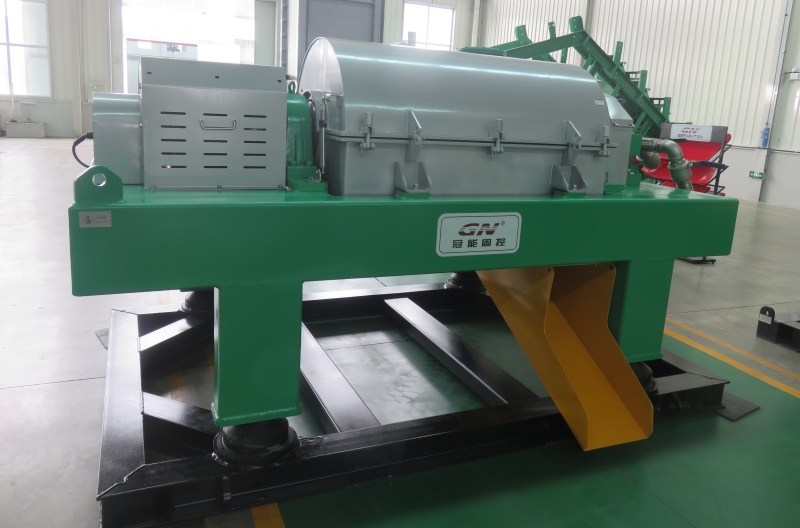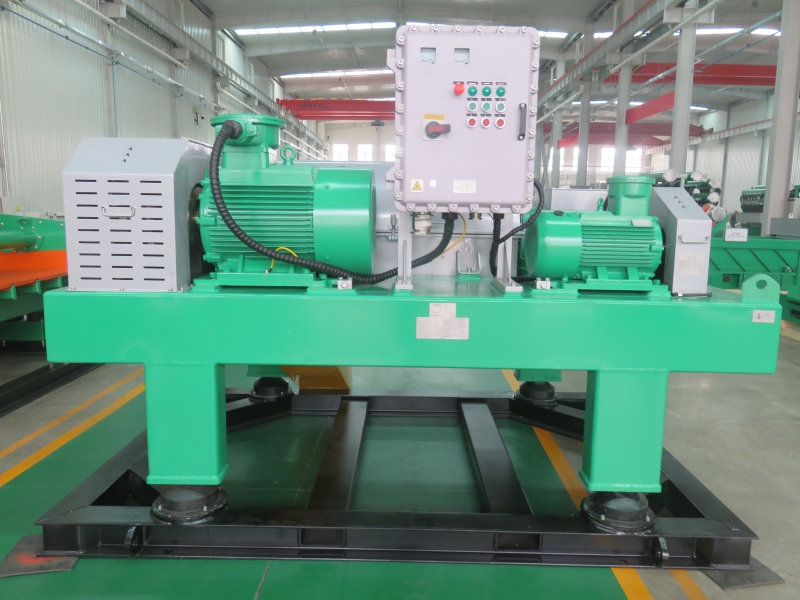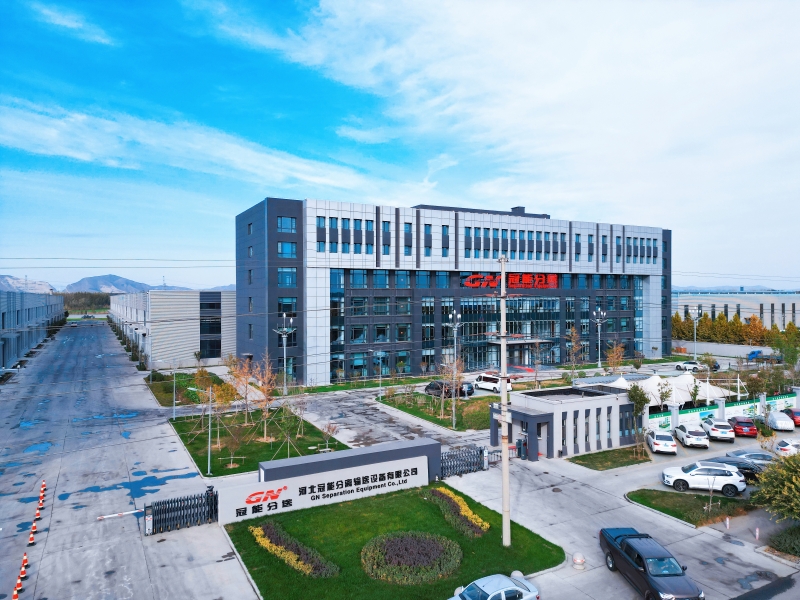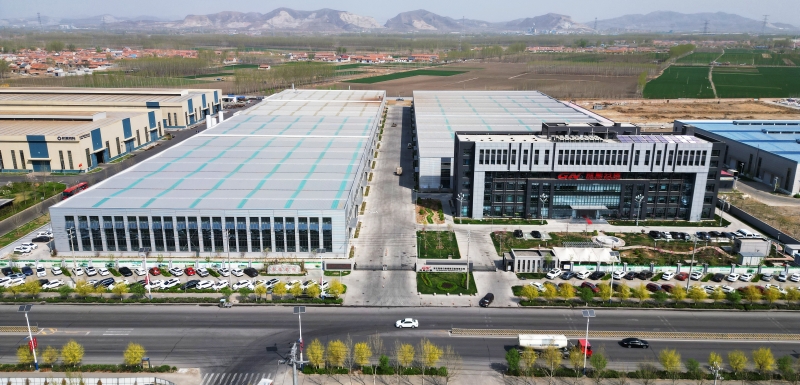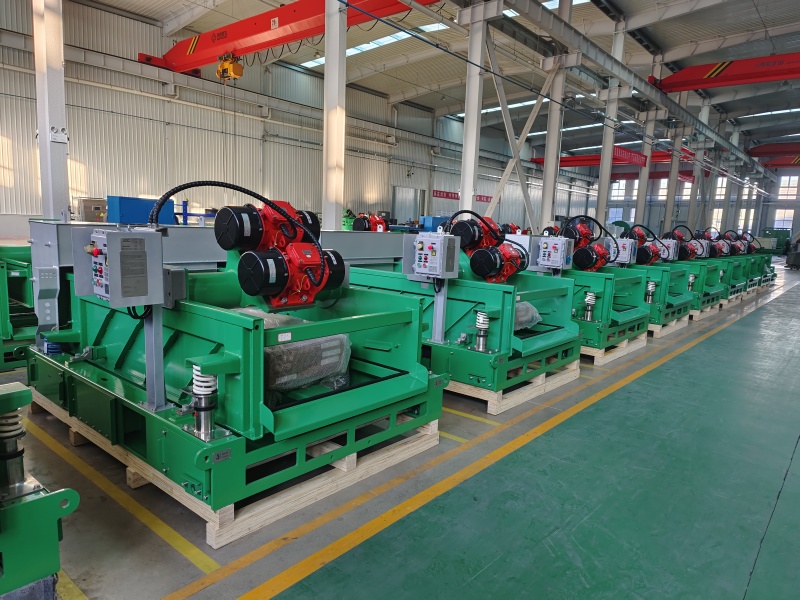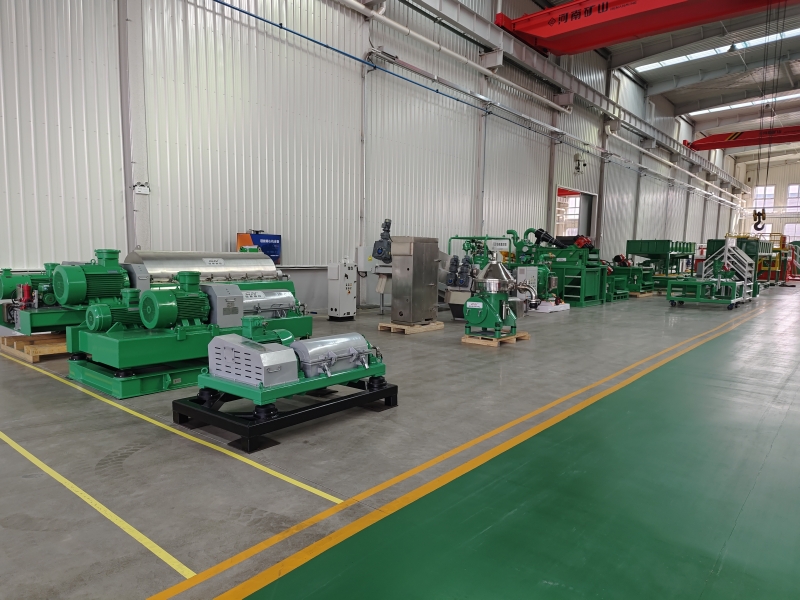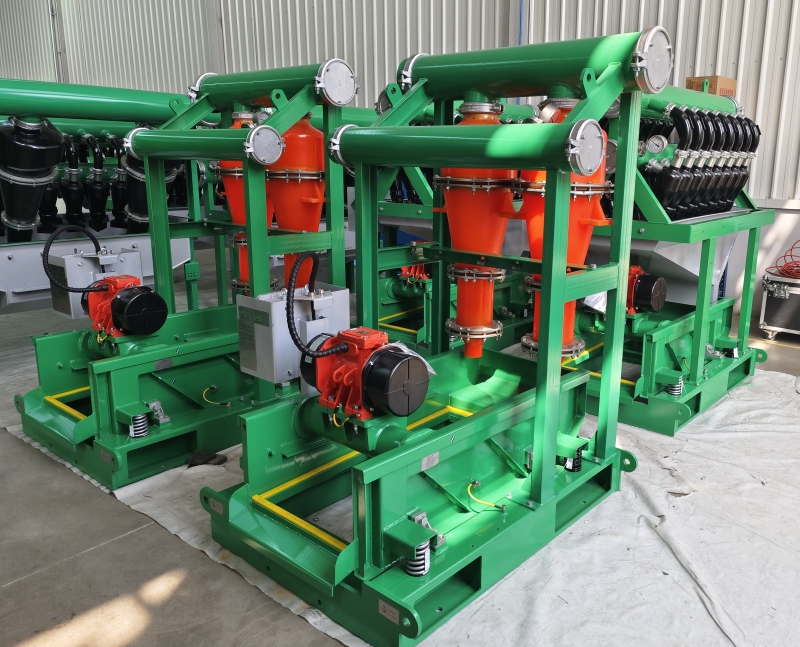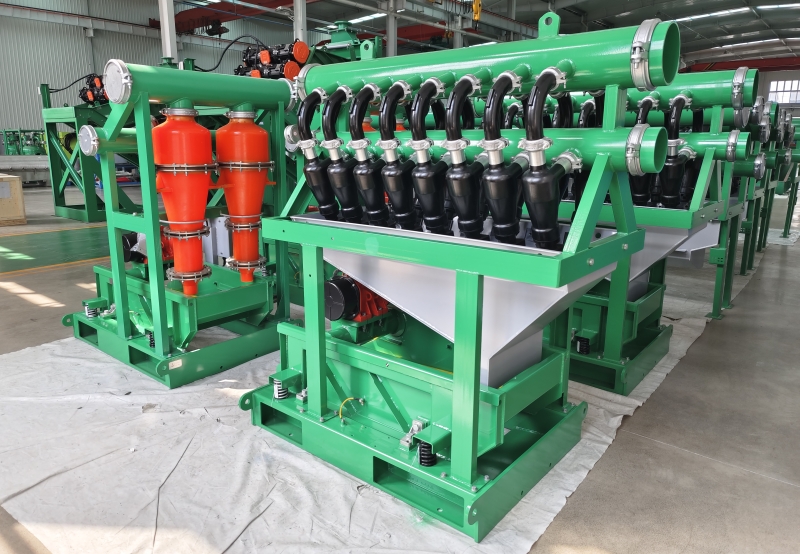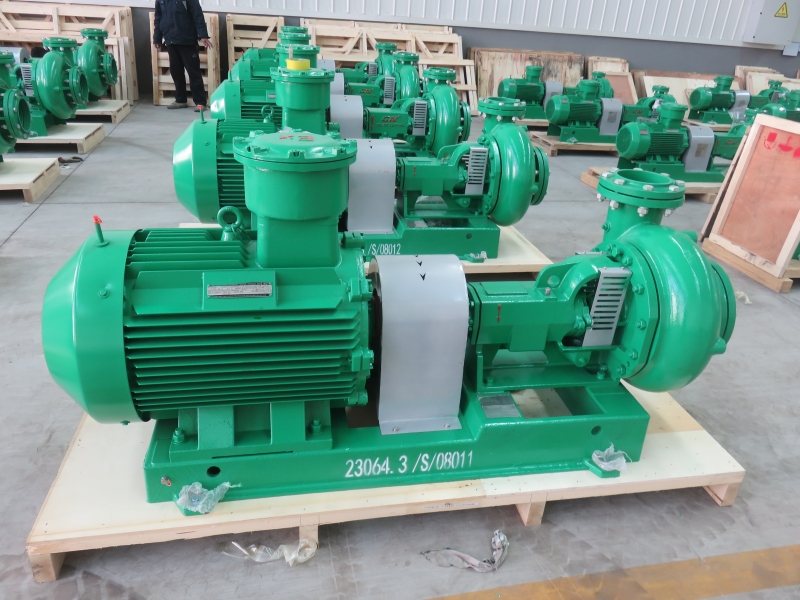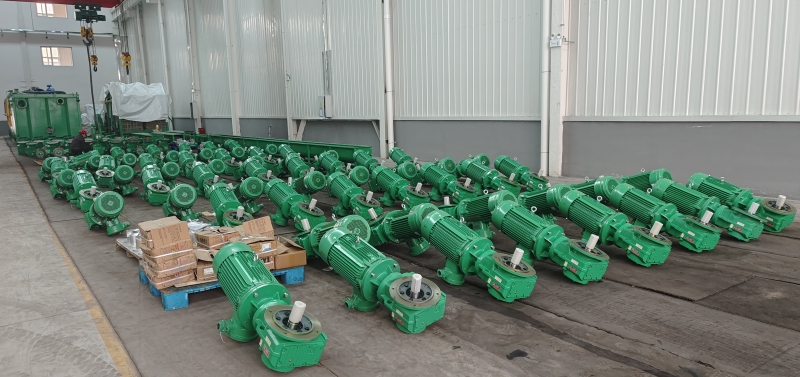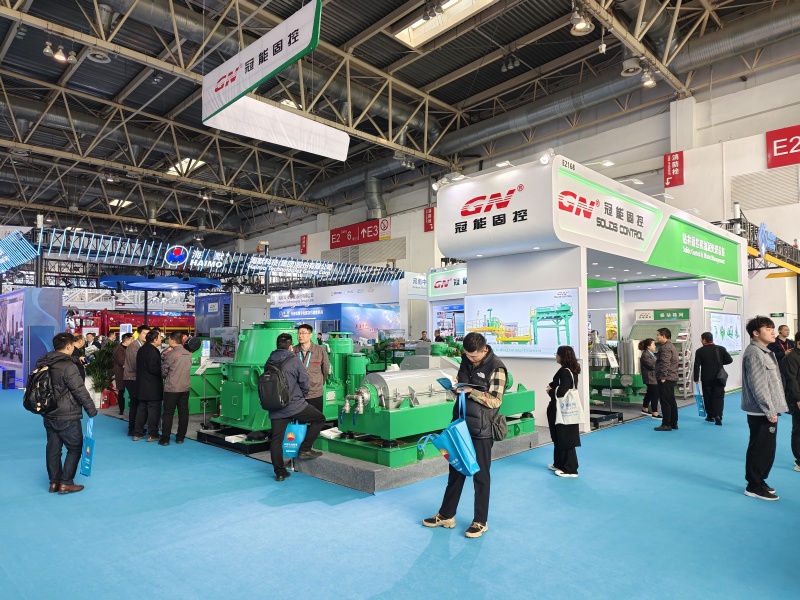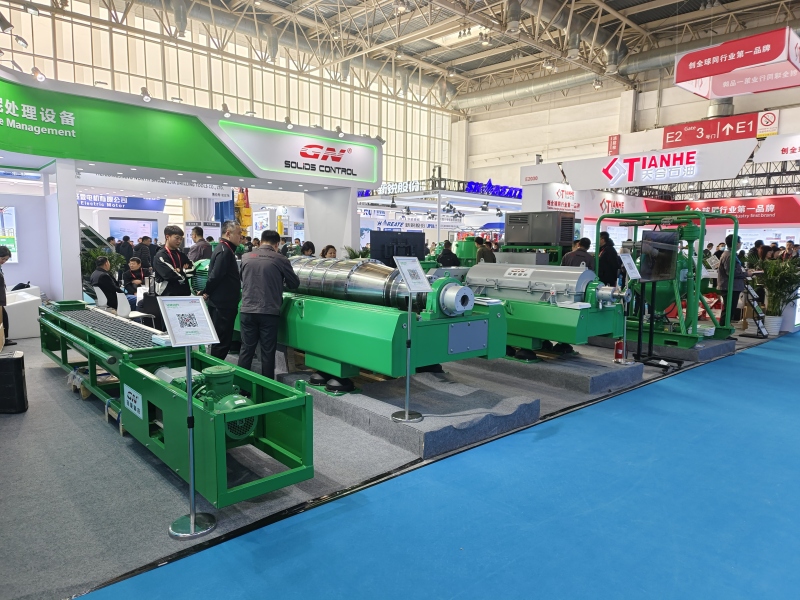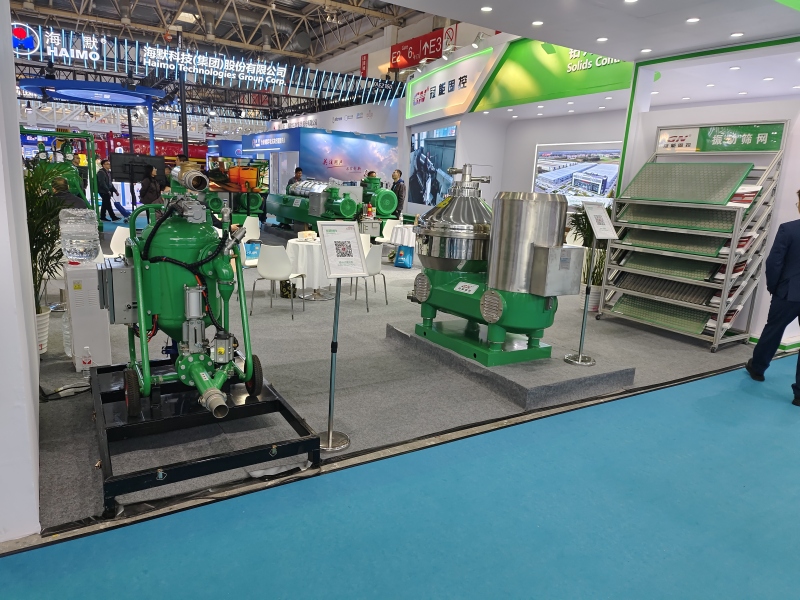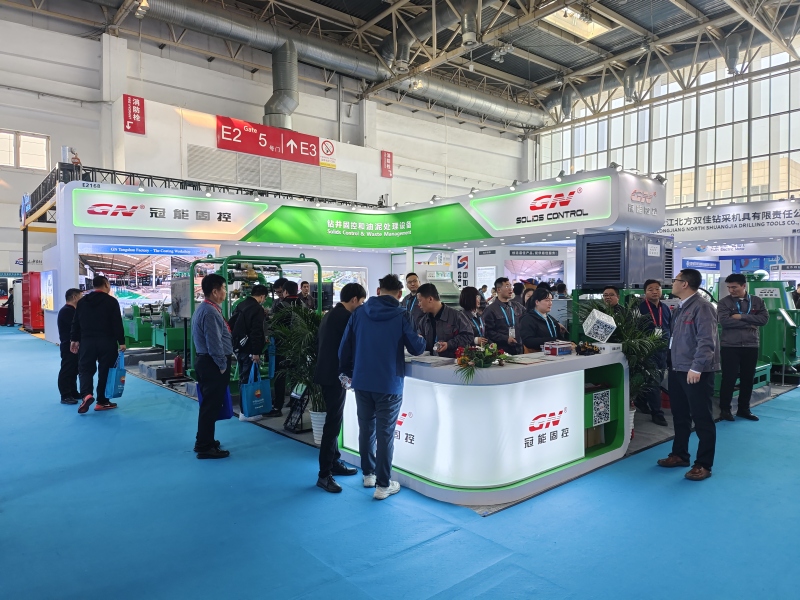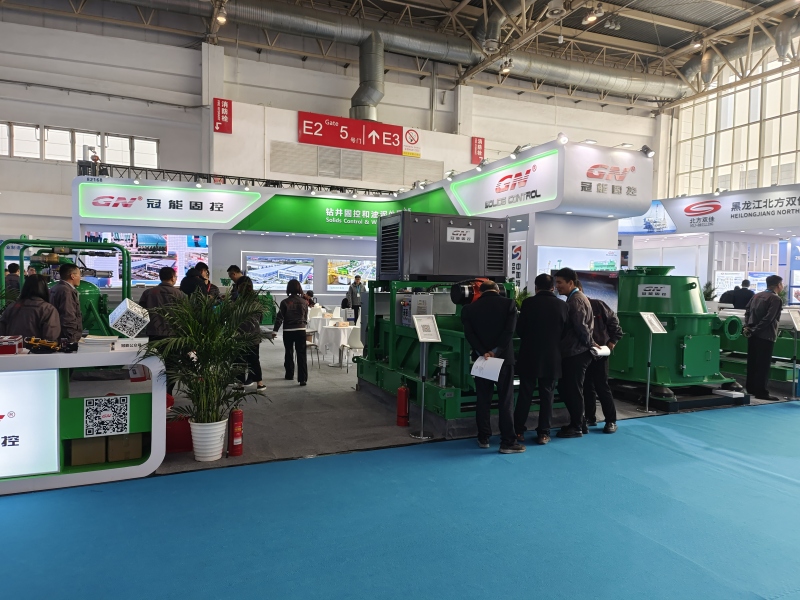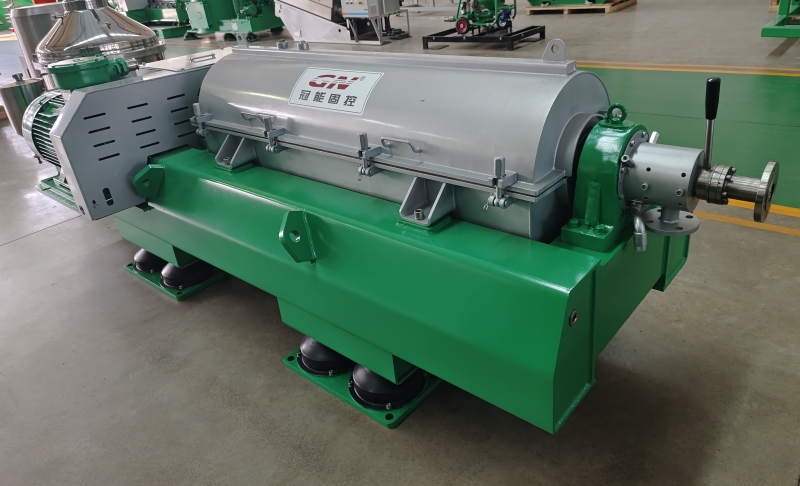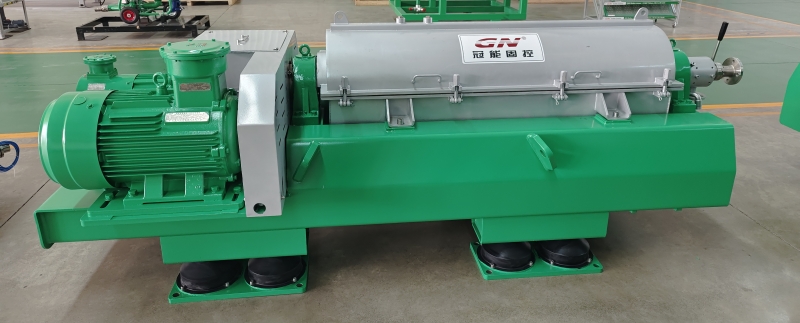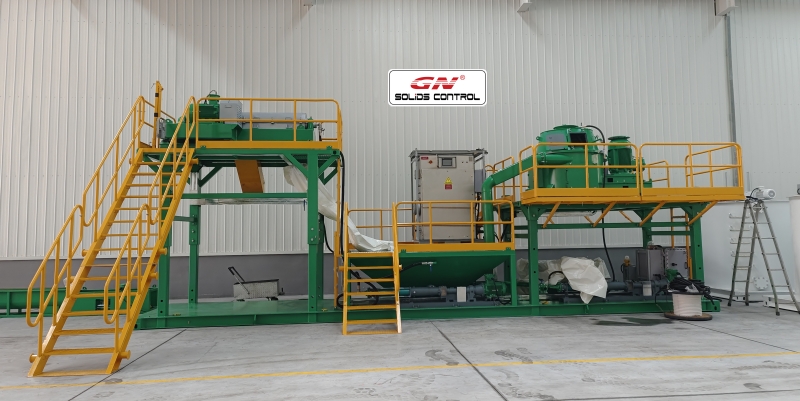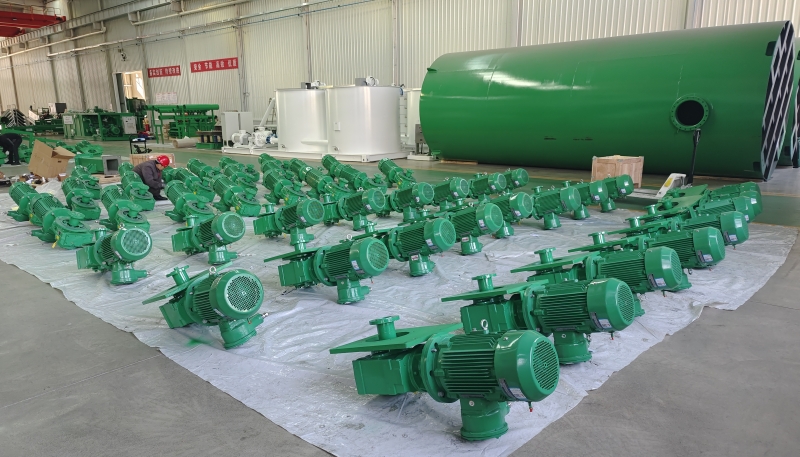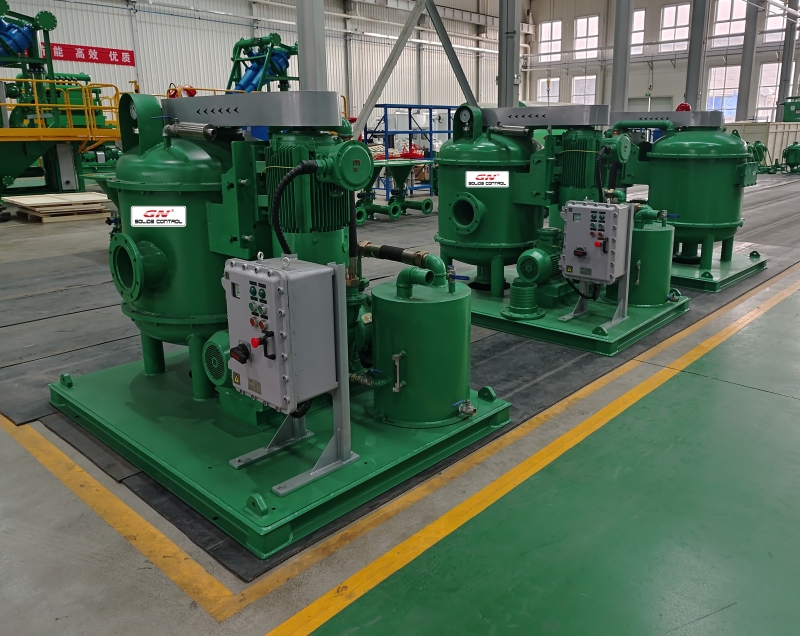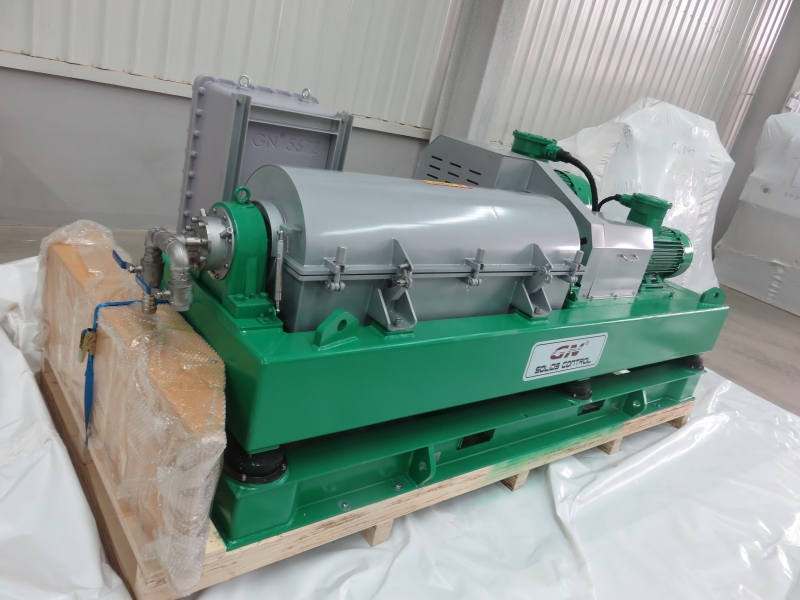
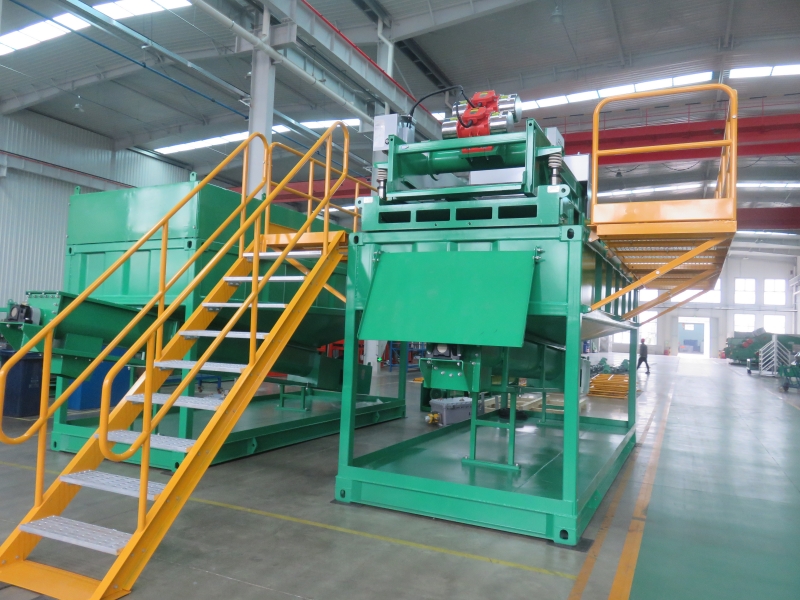
Decanter centrifuges play a crucial role in the oil and gas industry, particularly in the upstream segment, which involves exploration and production activities. Here’s how decanter centrifuges are utilized in this industry:
- Drilling Mud Treatment: During the drilling process, a drilling mud or drilling fluid is used to lubricate the drill bit, cool the drilling equipment, carry rock cuttings to the surface, and maintain pressure in the wellbore. Decanter centrifuges are employed to separate solids (drill cuttings) from the drilling mud, allowing for the reuse of the mud in the drilling process, reducing waste, and maintaining drilling efficiency.
- Oil and Gas Well Cleanup: After drilling, oil and gas wells often produce a mixture of oil, gas, water, and solids. Decanter centrifuges are used to separate these components, particularly to remove solids and water from the crude oil or natural gas. This separation process improves the quality of the oil or gas, making it suitable for further processing or transportation.
- Produced Water Treatment: During the production of oil and gas, large volumes of water are co-produced along with hydrocarbons. This water, known as produced water, contains contaminants such as oil, grease, and solids. Decanter centrifuges are utilized to separate these contaminants from the produced water, allowing for the water to be either reused in operations (e.g., for injection into wells for pressure maintenance) or safely discharged into the environment.
- Refinery Operations: In downstream processes, such as refining crude oil into various petroleum products, decanter centrifuges are used for various applications. These include the separation of water and solids from crude oil before it enters refining processes, the recovery of catalysts used in refining processes, and the treatment of wastewater generated during refining operations.
- Environmental Remediation: Decanter centrifuges are also employed in environmental remediation efforts in the oil and gas industry. For example, they can be used to treat contaminated soil or water by separating pollutants from the environmental matrices.
Overall, decanter centrifuges play a vital role in the oil and gas industry by facilitating the separation of different components, improving efficiency, reducing waste, and ensuring compliance with environmental regulations.
A “High G shaker” refers to a type of shale shaker used in the oil and gas industry during the drilling process. Shale shakers are a critical component of the solids control system, which is responsible for removing drilled solids and other contaminants from the drilling fluid, or mud, before it is reused.
Here’s what the term “High G shaker” typically implies:
- High Gravity (G) Force: Shale shakers utilize screens to separate solids from drilling fluid. The “G” force refers to the acceleration due to gravity applied to the drilling fluid and solids on the shaker screens. A “High G shaker” is designed to apply a higher G force to the drilling fluid than standard shale shakers. This increased force aids in more effectively separating solids from the drilling fluid, even when dealing with fine or difficult-to-remove solids.
- Efficient Solids Removal: By subjecting the drilling fluid to higher G forces, High G shakers can more efficiently remove solids from the fluid, thereby enhancing the overall solids control process. This is particularly important in challenging drilling environments where the formation may produce large volumes of solids or where the drilling fluid needs to be maintained at high performance levels.
- Improved Performance: The use of High G shakers can lead to improved drilling efficiency and reduced operational costs by minimizing the accumulation of solids in the drilling fluid. Cleaner drilling fluid results in better wellbore stability, reduced wear and tear on drilling equipment, and improved drilling rates.
- Customization and Adaptability: High G shakers are often designed to be versatile and adaptable to various drilling conditions. They may feature adjustable G force settings, multiple screen configurations, and other customizable options to meet the specific needs of different drilling operations.
For our equipment brochure or more info, please visit our unique official website: www.gnsolidscontrol.com
MichaelSong
Sales manager
whatsapp:+8617801799913




